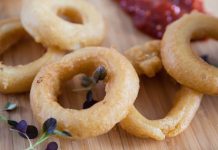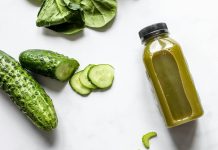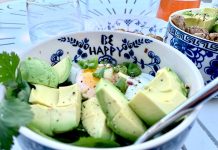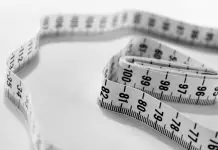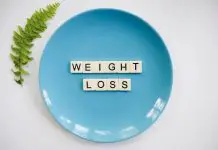Bread has always had a very special place in people’s life. Not only as a basic food, but also as a status symbol.
In the past only the rich could afford white bread, but today the trend is slightly different as white bread is being flagged as unhealthy and only those who cannot afford a more healthier bread eats it.
Navigation:
Whole grain bread
Corn bread
Rye bread
Buckwheat bread
Other types of bread
In this article we will shortly describe wholemeal bread, corn bread, rye bread, buckwheat bread, oat bread, barley bread, spelt bread and sour bread. These are just a few popular types of bread. There are many other types of bread available, but these are typically the types of bread you would find in your local bakery. Read on.
Bread
Everyone likes bread. Some say that eating too much bread makes us fat. That isn’t completely true. Bread does not make you fat! It’s more the “things” we put on top of bread that makes us fat. True, white bread has quite a lot of calories, but that calories are easily burned (by exercising?). It is advisable that you eat less white bread and rather more of other types of bread such as wholemeal bread, corn bread, rye bread and buckwheat bread.
White bread has a high glycemic index, so blood sugar levels rise quickly after eating it. However, the blood sugar falls back down rapidly, so we are soon after feeling weak and hungry. The problem with white bread is that it is made of flour, which is so refined that it has lost all nutritious ingredients.
Whole grain bread
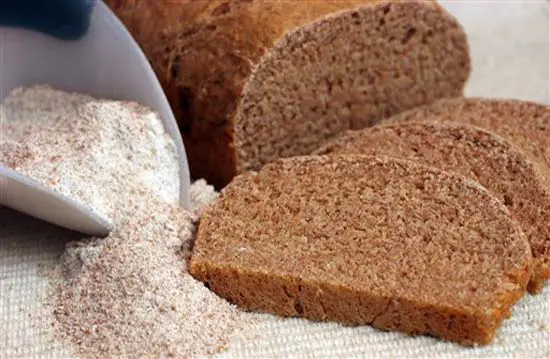 Whole wheat bread is always a healthy choice.
Whole wheat bread is always a healthy choice.Whole grain bread or whole wheat bread, which is made of whole wheat flour has a low glycemic index and a lot of nutrients, so we don’t feel hungry for a long time after eating it. In addition to significant amount of fiber found in whole grain bread (fiber improves digestion), whole grain bread also contains vitamin E, vitamins B and some essential minerals such as zinc, magnesium, copper and iron.
Corn bread
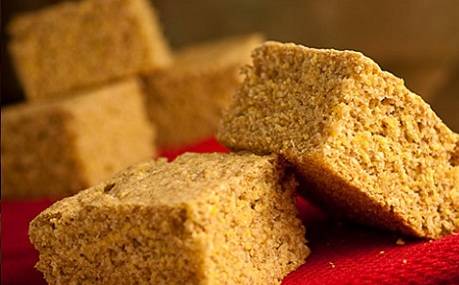 Corn bread contains the most protein of all types of bread.
Corn bread contains the most protein of all types of bread.Corn bread is high in antioxidants such as beta-carotene, zeaxanthin, lutein and other carotenoids and has up to 18% more protein than regular wheat bread. It is rich in vitamin E and magnesium. If it is prepared solely from corn flour it also does not contain gluten and is specified as gluten-free product. Corn bread effectively prevents problems with intestines.
Rye bread
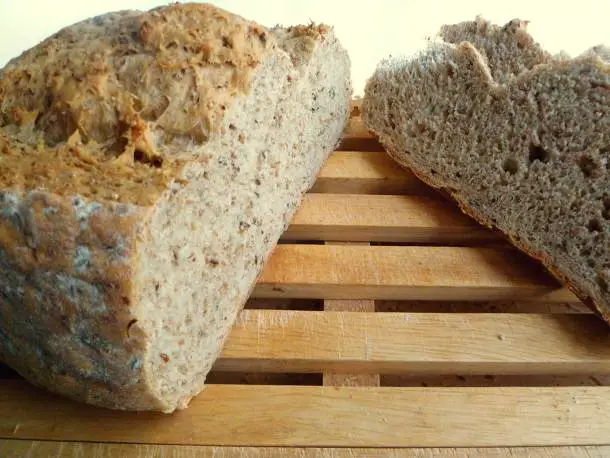 Rye bread stays fresh the longest because it contains a lot of water.
Rye bread stays fresh the longest because it contains a lot of water.Rye bread is rich in vitamin B and magnesium. Eating rye bread improves the development of lactic acid bacteria which prevents problems with intestines. Rye bread is also contains more water that other types of bread so it stays fresh longer.
Buckwheat bread
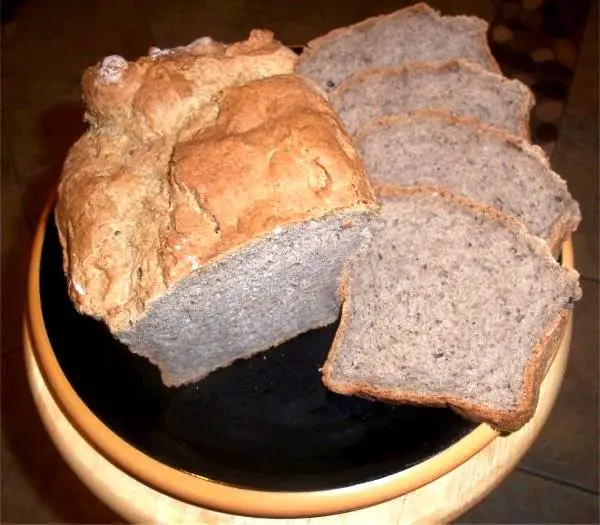 Protein found in buckwheat bread have a high biological value.
Protein found in buckwheat bread have a high biological value. Buckwheat bread contains all the essential amino acids as well as magnesium, manganese and vitamin B. Buckwheat flour is easily digestible. The biological value of protein found in buckwheat is higher than the value found in any grain buckwheat.
Other healthy types of bread
Oat bread is an extremely healthy bread, as it is rich in soluble fiber and minerals, manganese, selenium, magnesium and iron. It contains unsaturated fatty acids and lowers cholesterol and blood sugar.
Spelt bread is rich in fiber, protein and contains much less starch. It is recommended for those who want to reduce the level of candida.
It is extremely rich in minerals such as selenium, magnesium and copper. Consuming this type of bread lowers your cholesterol levels.
Sour bread encourages the development of lactic acid bacteria, which regulate the function of the colon, because the bread is more dense and moist.
Remember, you can always find many types of bread in your local bakery, so choose the healthiest one (the one that you like the most). Bon appetit!























